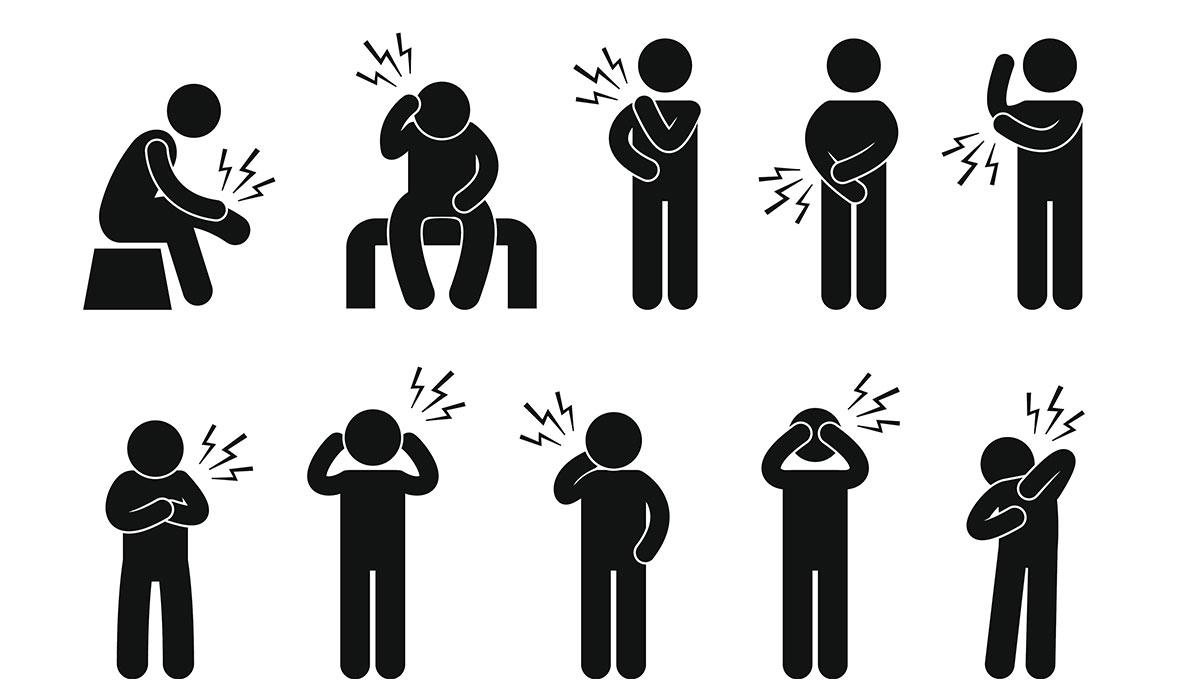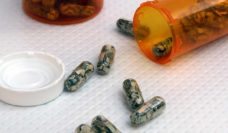Statins have been scrutinized like no other medicine in the history of the scientific literature. The subject of hundreds of clinical trials, thousands of peer-reviewed manuscripts, and millions of years of regulatory surveillance, statins have been consistently shown to reduce the risk of heart attacks and strokes by approximately 30%. These same data show that less than 2% of patients sustain a serious, attributable side effect and over 80% are able to stay on the drug during longer-term trial follow up. Yet, for a tablet that now costs less than $1 per day, the contemporary clinical experience has been vastly different. Twenty five percent of patients refuse a statin when recommended by their doctor. Thirty percent stop taking it within six weeks of starting. And less than 50% are still taking it at 12 months.
Statins, like almost every medication, are not free of adverse effects. Major increases in liver enzymes, new-onset diabetes, and rhabdomyolysis all occur at a cumulative rate of less than 0.1% per year. Yet none of these documented adverse effects drive patients’ decisions to refuse or stop taking statins. Instead, muscle aches are the most common reason for refusal, discontinuation, or non-adherence. This observation is at odds with the plethora of clinical trial data showing that, despite muscle aches being reported by up to 30% of patients during trial follow up, the rates are no different among patients receiving placebo compared to those receiving statins.
So why does a patient in routine contemporary clinical care attribute a common phenomenon like muscle aches to their statin? The reason is the nocebo effect motivated entirely by human nature.
The nocebo effect is the phenomenon whereby symptoms are generated or amplified in the presence of prior negative expectations.
The nocebo effect is the phenomenon whereby symptoms are generated or amplified in the presence of prior negative expectations. For example, in a study involving the administration of beta blockers, patients warned of the potential to develop erectile dysfunction as a side effect were 10-fold more likely to report the symptom than those who were not. The same phenomenon is observed in pain medicine when anticipated side effects of an analgesic are able to completely nullify their salutary effects.
In the context of statins, patients are bombarded with myths of harm and side effects. News articles are twice as likely to be negative than positive (“if it bleeds it leads”). Data is exchanged for emotive anecdotes. And the lack of journalistic rigor often results in the absence of a balanced counterpoint. Sensationalized messaging of contrarian views on seemingly health-promoting websites provides clickbait that easily drowns out the informed, evidence-based stories. Presented with this prevailing narrative, patients expect adverse effects from statins. And they are more likely to misattribute their development to the medication.
Several lines of evidence illustrate the magnitude of the problem. In an analysis of the Anglo-Scandinavian Cardiac Outcomes Trial, investigators compared the rates of muscle aches during different phases of the study. When patients were ‘blinded’ (unaware if they were taking a statin or placebo) the rates were identical. But when told which tablet they were taking, those taking statins were 40% more likely to report muscle aches.
More recently, a study in the UK enrolled 60 participants who had previously reported muscle aches while taking statins. In this 12-month study, each patient received four bottles of a statin, four bottles of matching placebo, and four empty bottles. Each bottle was to be used for one month and patients were instructed which random order to use the bottles. Patients were asked to report the intensity of muscle aches each day on a scale of 0-100 using a smartphone. At 12 months, the mean symptom score during the ‘no tablet’ (empty bottle) phase was 8. The score during the placebo tablet period was 15. And the score during the statin tablet period was 16. The interpretation offered by the research team: over 90% of the muscle aches reported during this 12-month period were simply due to the consumption of a tablet and unrelated to what was in it.
The solution lies not in denying that our patients’ have muscle aches. All of the data suggest they are common and they are important for clinicians to pay attention to. Instead, we must recognize the presence and power of the prevailing negative narrative and, more importantly, directly address the misinformation that leads patients to forfeit the benefit from these lifesaving medications. Harmonizing the public health message between clinicians, professional societies, and the lay press is a critical first step. Muscle aches are common, yet the totality of data shows they are unrelated to statins.
Photo via Getty Images
















